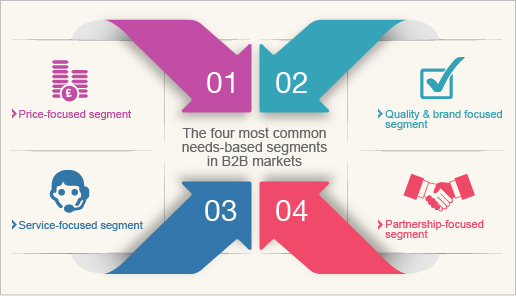A.V.C. offers programs in English, French, German, and Italian to a Spanish-speaking market. Although the Institute has been in business for more than 40 years, only 600 students achieved full proficiency in their chosen languages and graduated. Given the difficulty of the program, nearly half of the students were unable to complete the coursework. The Institute has always focused on offering small classes, custom-tailored learning programs, and tutoring sessions with an emphasis on building lifelong customer relationships. Graduates still visit the school and often send their own children there.
Although A.V.C reached a high level of customer intimacy with students and alumni, due to lack of technological preparation, the Institute had to close at the beginning of the COVID-19 pandemic and lay off 85% of its employees. Service firms have had to look for ways to operate remotely to survive. VOC Digital was retained to re-imagine A.V.C.’s business model. The project started with identifying the right target market. Additionally, new sources of income were required to fund the virtualization of the different courses and re-hire of teachers.
Instead of looking to compete in the crowded city, VOC targeted rural residents, ages 15 through 45 in the outskirts of Medellin, Colombia. Using a geodemographic segmentation approach, there were two reasons that rural Colombian towns were selected as the target market:
1) Service availability: Typically, formal foreign language lessons in Colombia are limited to middle and upper-class families in the city and those studying in citadel universities. Rural residents generally leave their towns for opportunities that only the big cities can offer, education being one of them. The service itself is almost non-existent in rural communities. VOC Digital and A.V.C. recognize this untapped market opportunity.
2) Number of rural towns in Antioquia and throughout Colombia: In the west region of Antioquia alone (Antioquia is the equivalent of a state in the United States), there are approximately 23 rural towns with an average population of more than 25,000 residents. In all of rural Antioquia, which is only one state in Colombia, there are over 8.5 million inhabitants. Furthermore, Colombia has 32 departments or states (User, S. n.d.).
The solution for the an alternative income generation source will be supplied by renting out a large portion (75%) of the school (a land asset) as office spaces. The two-story building is located in a prime central location in the heart of downtown Medellin which adds value and demand due to heavy foot traffic. Creating a new revenue stream combined with the proposed segmentation strategy and digital technology (adding virtual courses) will reinvigorate the educational services offered.
VOC Digital is currently creating all of the online programs that combine small (in student count) recorded virtual classes, custom-tailored learning programs, and online tutoring all under one centralized portal designed for cell phones which is funded by the rental spaces. All of the guides, course materials, and tests given will be compatible and optimized as well for mobile devices. Such a seamless integration is not only to make the program more user-friendly and accessible to its future student body but to be able to do it at a cost low enough to establish an ongoing relationship with consumers in rural Colombia.
The hiring process for teachers begins in June 2021 and will be finalized by November 2021. A pilot course is set to launch at the end of the second quarter of 2022 to collect real time user data and will be offered free of charge to 15 individuals. During the remainder of 2022, three more free courses will be opened to further improve user experience and build customer intimacy with the first set of students taking language classes via the new approach. The launch of all the courses is planned for the start of 2023. Data will be collected monthly to continue to improve user experience. A.V.C is excited about the new strategy and creating long-term value for its clients.
Reference
User, S. (n.d.). 3.2.1-Proyecciones de población según ÁREA GEOGRÁFICA en Los municipios DE antioquia. Años 2015 - 2017. Retrieved March 21, 2021, from http://www.antioquiadatos.gov.co/index.php/3-2-1-proyecciones-de-poblacion-segun-area-geografica-en-los-municipios-de-antioquia-anos-2015-2016
* Esteban Ochoa is the owner of VOC Digital, a marketing agency. He may be reached at: vocdigitalco@gmail.com






